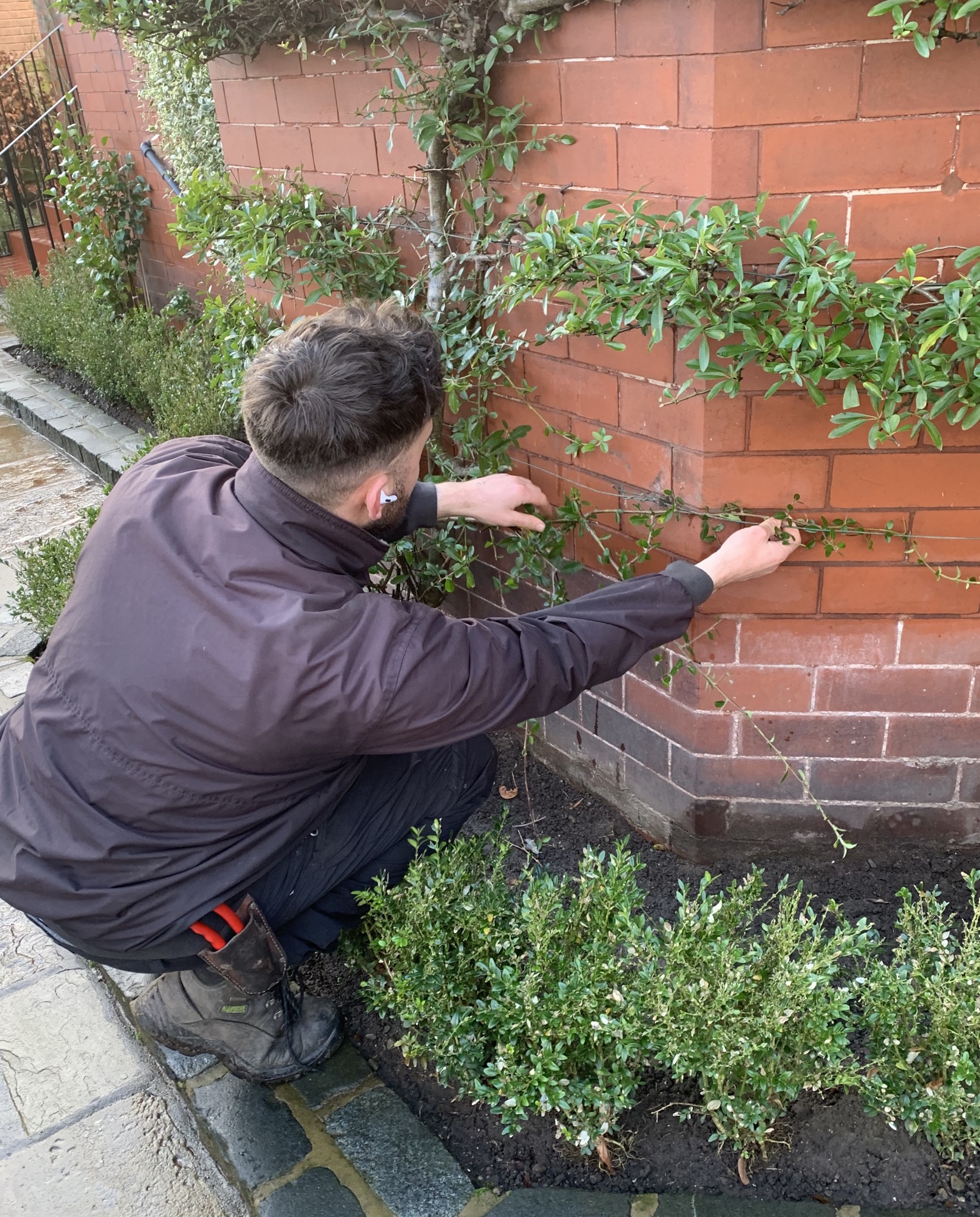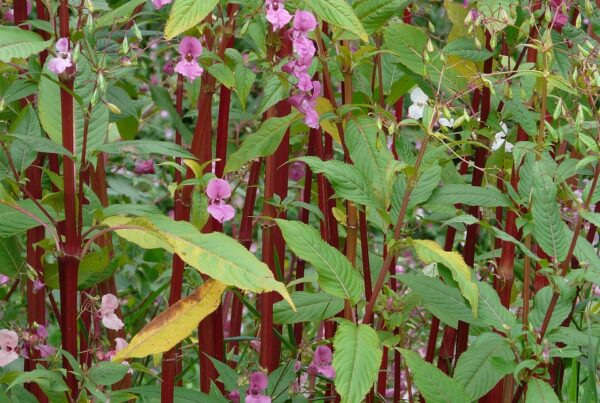Whats the difference?
First off, let’s take a look at the difference between Aeroponic Vs Hydroponic systems.
Hydroponics
A method of growing plants without soil. Instead, hydroponic systems use water (hence the word hydro) to deliver nutrients to the roots in a controlled manner. The roots are usually suspended, submerged or placed in a non soil equivalent such as rock wool or perlite.

Aeroponics
Another method of growing plants without soil, however the main difference is the roots are suspended and exposed to the air (hence Aero). The nutrients are delivered to the roots through a fine spray. The roots don’t get covered in water or wool like hydroponics – they just receive nutrients from the mist.

Even without a garden, you can grow fresh veggies and leafy greens. Possibly even potatoes, all without soil. Whether you lack the garden space or are terrified of getting your hands dirty, aeroponics and hydroponics systems are effective methods of sustainable farming, and accessible at the consumer level. They aren’t only for commercial growers.
Which is better though?
First, you need to understand the components that are involved in the initial set up of both, and the various types of hydroponics systems there are.
Beginning with the fact that aeroponics is an offspring of hydroponics, which has been around for centuries. It’s just more technologically advanced.
The components of an Aeroponic System
There are 5 core parts involved in an aeroponics system.
- The reservoir
- A timer
- Water pump
- Misting nozzles
- Growing cups/collars
With this setup, the reservoir is closed and the plants get placed in a collar, usually styrofoam cups, rockwool, or something similar.
The roots dangle down in the closed reservoir, then misting system is used to spray the nutrient solution directly onto the roots.
The mist is sprayed at timed intervals, and since the roots are dangling, they’re exposed to more oxygen.
With hydroponics, the roots are submerged in the water for longer.
And because the system is closed, the nutrient solution that gets sprayed is also recycled so there’s less water and nutrient solution used.
Beyond the components, there are also two very different aeroponic setups.
High pressure and low pressure aeroponic systems.
A low pressure aeroponic system is the most common among DIY setups using a submersible pump that would generally be used in a pond.
A high-pressure system is one where the pump pressurises the water enough to create micro droplets of 20 to 50 microns.
High pressure aeroponics systems create more of a dense fog in the reservoir, whereas low pressure is spraying a mist on the roots. The water droplet sizes are larger in a low-pressure system.
For both systems, the nutrient-rich water solution is being recycled but growers need to monitor the ppM (parts per Million) of nutrients and the pH and make adjustments as necessary. These are not a set and forget setup.
The advantages of aeroponics
- Fast growth of leafy greens
- Better nutrient absorption than hydroponics
- The high oxygenation levels means that plants are less susceptible to fungal and bacterial infections.
- Although more expensive to install, aeroponics has a lower running cost in the long-term as there’s less water, less power, and less nutrient solution required.
- Potentially higher yields and faster growth than many hydroponic systems
The disadvantages
- Unsuitable for tubers and similar deep root plants such as carrots, potatoes and any bulb like plants.
- More parts are involved which means there are more potential points of failure, such as nozzle blockages, power outages etc.
- Takes some technical know-how to understand the nuances involved and correct the growing conditions when things go wrong.
The different types of hydroponic methods

Hydroponics is really a catch-all term. Beneath the umbrella term are as many as 6 types of hydroponics systems.
Ebb and Flow
Ebb and flow, sometimes called the flood and drain method is the most straightforward. Think of it like an automated form of bottom watering.
You place your potted plants in a tray, and beneath it, is the water reservoir.
A pump is used to pump water from the reservoir into the grow tray, (flooding it), then it drains back down. This is done on a timed cycle.
Deepwater Culture (DWC)
With a DWC system, the roots of the plant are continuously submerged in nutrient-rich solution / water. An air pump is used along with air stones for oxygenation.
Wick Systems
Wick systems are rudimentary. It involves a reservoir with wicks, usually cotton.
The process works using capillary action whereby the wicks absorb moisture from the reservoir, transporting it into the growing media, which is usually a mix of perlite and vermiculite. Not soil.
Wick systems are good for herbs and similar shallow rooted plants.
Drip Systems
Drip systems are fairly complex.
They have the standard reservoir, grow tray, a submersible pump, tubing, drip line, and dripper stakes for each plant.
To complicate things more, there’s circulating and non-circulating hydroponic drip systems.
Circulating drip systems recover the nutrients and recirculate it, whereas non-circulating doesn’t recycle the nutrient solution.
Circulating drip systems are common with home growers, whereas large scale commercial growers would use the non-circulating drip system with more advanced timers to deliver precise nutrients on an automated schedule.
Nutrient Film Technique (NFT)
NFT systems have a lot of moving parts.
A reservoir, air pump, air stone, water pump, timer, tubing and a channel.
The channel is essentially the grow tray that sits at an angle.
The water is pumped from the reservoir into the channel where the roots of the plant are partially submerged in the nutrient solution.
A thin film is created on top of the water, which continuously delivers essential nutrients to the plant’s roots.
Dutch bucket systems
The Dutch bucket or Bato bucket system is a bucket with an elbow attached at the base for water to run out of, like a spout.
The buckets are filled with rocks, pebbles, or more commonly, perlite, then watered until the water runs out the spout.
The spout is connected to a PVC pipe, which then connects to a reservoir.
You can have a drain-to-waste system, which is non-circulating, or you can have the circulating system, which pumps the water back to the buckets.
There are variations though because you can run this setup by manually adding water to the buckets making it an effective method of hydroponics that doesn’t need electricity, such as if you were to be growing hydroponically in an allotment.
On top of the half dozen different setups of hydroponics, there’s also aquaponics, which has the variation of adding fish to the reservoir.
Rather than adding fertilizer to the water, the fish waste provides the nourishment the plants need for growth.
Water Usage
Both hydroponics and aeroponics are generally more water efficient than your traditional soil-based growing. But efficient use of water in aeroponics can be even lower because the water comes in mist form, therefore using less.
Which is more effective thoug: Aeroponics or Hydroponics?

Aeroponics has a slightly higher nutrient absorption rate than all types of hydroponics, so in terms of crop yield, you get bigger yields in a faster time frame with aeroponics.
A study by Benha University compared the nutrient uptakes on lettuce plants using hydroponics and aeroponics. Their findings state:
“The average nitrogen, phosphorus, potassium, calcium and magnesium uptakes were 3.29, 1.25, 2.46, 0.43 and 0.44 %, and 2.13, 0.82, 1.81, 0.32 and 0.40 % for aeroponic and hydroponic system, respectively”.
For nutrient absorption, aeroponics is more efficient.
The drawback is that it involves a technical setup and has many potential points of failure.
The points of failure are where its at because with traditional hydroponics, there are two categories.
Active and passive hydroponic systems.
Active systems have moving parts, such as timers, air pumps, water pumps etc. They require power.
Passive hydroponic systems don’t have moving parts.
The most basic are the wick system that uses capillary action to draw moisture from the reservoir to the plants roots, without needing a pump to transport the water.
While all hydroponics systems can be used to grow any crop, aeroponics is limited to shallow rooted plants.
With traditional hydroponic systems, anything can be grown, including top-heavy plants, although for climbers, they will require staking using trellises or the likes.
For newbies, I would recommend hydroponics as it’s the more accessible choice for people just starting out.
I would say aeroponics say is for the more experienced growers out there and requires a more complex system.
The key to success with aeroponics or hydroponics is thoroughly understanding how the entire system works – regardless which setup you use – because without a comprehensive understanding, troubleshooting issues will be horrendous.
If you made it this far, hopefully you now know the difference between aeroponics vs hydroponics, and what will work best for you!





